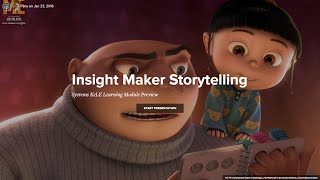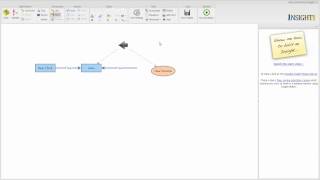Friday, 26 December, 2025г.
















Где искать: по сайтам Запорожской области, статьи, видео ролики
пример: покупка автомобиля в Запорожье
The INSIGHT project
INSIGHT is a FET (Future and Emerging Technologies) project funded by the European Commission under the Seventh Framework Programme for REsearch and Development (GA No. 308943).
INSIGHT, aiming at validation of the idea that real-time evolutionary processes play an important role in the brain function and cognition, has achieved a better understanding of human problem solving, and how these insights might be harnessed for the improvement of artificial cognitive systems.
During the past three and an half years, EU-funded project INSIGHT investigated the Neuronal Replicator Hypothesis (NRH, also referred to as Darwinian neurodynamics) in three ways: first, the hypothesis has been worked out using formal models and computer simulations; then, its empirical relevance has been tested both from the viewpoint of neurophysiology using cell cultures, and from the viewpoint of human cognition by psychological experiments (insight into insight) and neuroimaging. Finally, its ICT application potential has been tested in two critical domains: robotics and language communication. Robotics work aimed at testing whether Darwinian neurodynamic controllers can be constructed that allow robots to engage in open-ended creative autonomous exploration.
INSIGHT has accomplished results with present and future impacts on several fields of application from neurobiology to Darwinian neurodynamics, from machine learning to robotics. EPFL has developed an online, flexible, open-source hardware and software platform for Evolutionary Robotics: http://robogen.org/. In the field of robotic control, UOS (in cooperation with EPFL) has developed a novel mechanism that, integrating chaotic exploration and reflex learning, enables robotic systems to learn motor behaviours without prior knowledge of environment or robot morphology. During the course of the project, PARMENIDES has developed neurobiologically plausible models of evolutionary brain dynamics for combinatorial search and optimization in solution space. As for neurophysiology, an experimental method for reliably encoding and copying timing was deployed and implemented by UOS. This feature might have value as an alternative 'essay' or screen of plasticity. In terms of language applications, Fluid Construction Grammar (FCG, combining semantic and syntactic computations) has been further developed and linked to Darwinian neurodynamics at UPF.
Похожие видео
Мой аккаунт


 У вашего броузера проблема в совместимости с HTML5
У вашего броузера проблема в совместимости с HTML5


